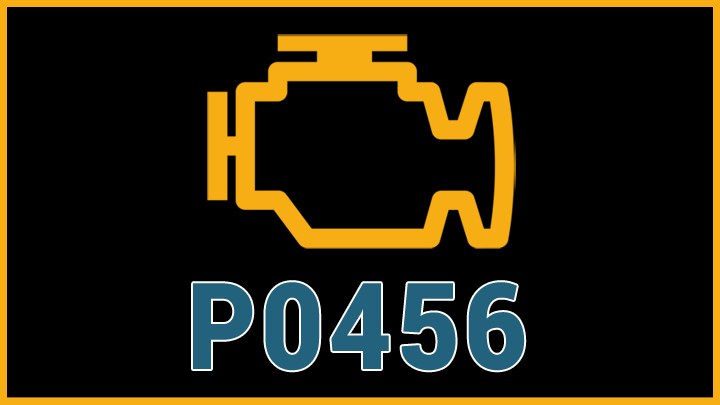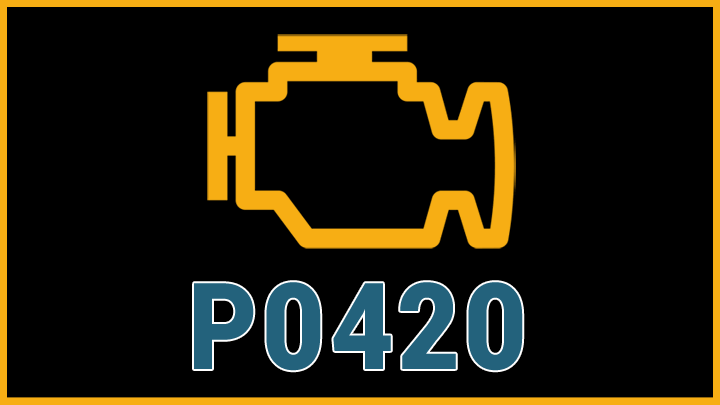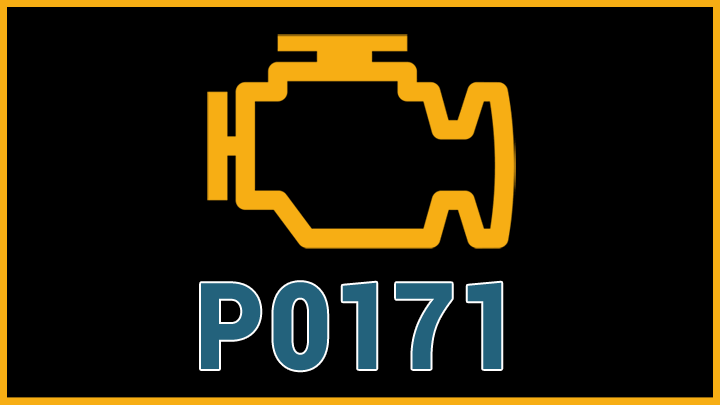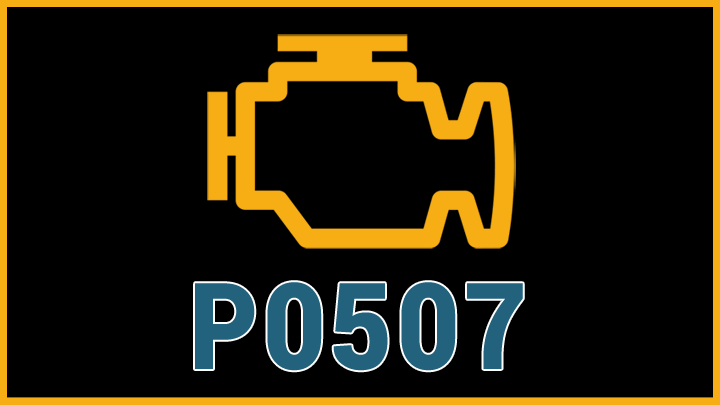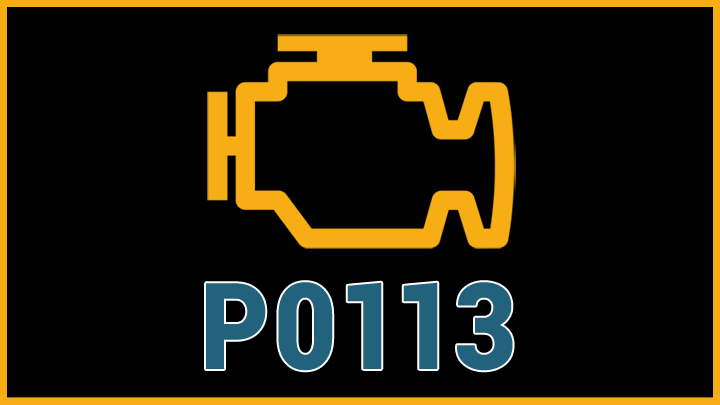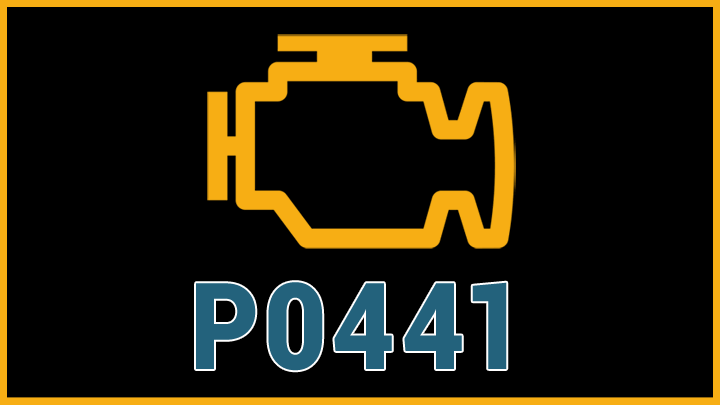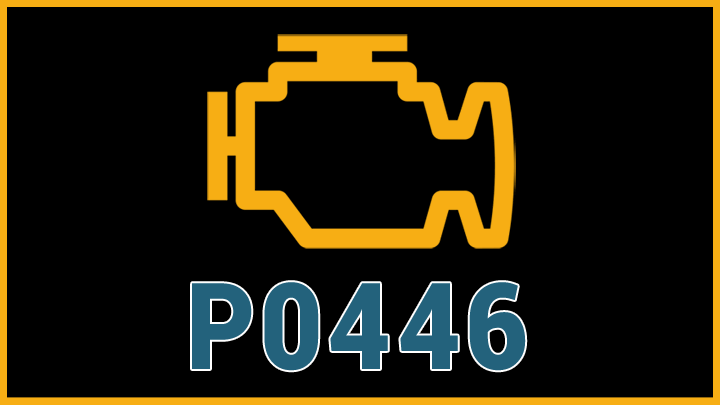P0456 Code (Symptoms, Causes, and How to Fix)
It’s always a hassle finding out that your car has sprung a leak somewhere. Immediately, your stress levels go through the roof and dark scenarios come popping into your head. Thankfully, due to breakthroughs in car design, most modern cars … Read more

